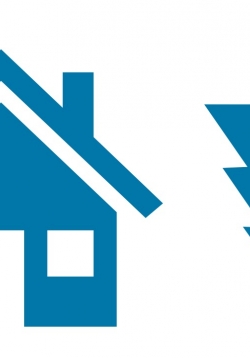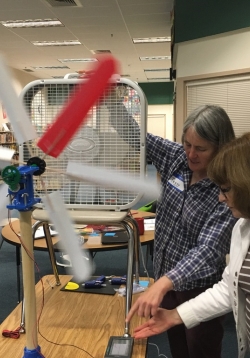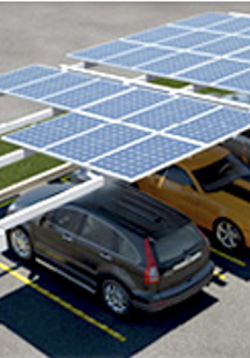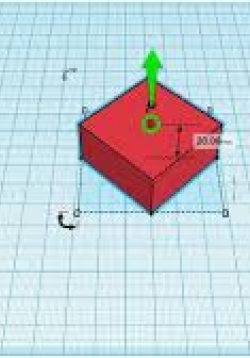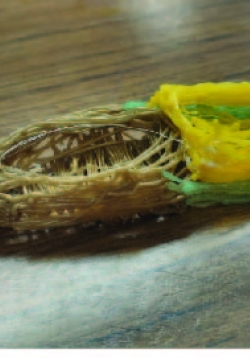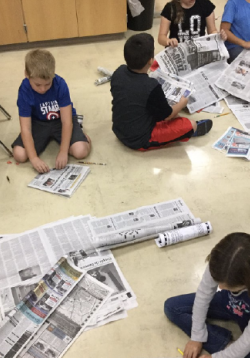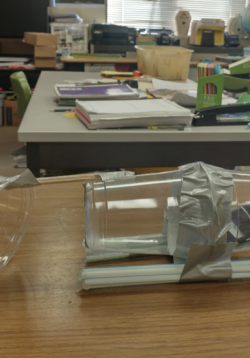Part 1- Lesson 3: Home Energy Audit
During this lesson, students will focus on where energy is used within their homes, how energy consumption is calculated, and how energy consumption can be reduced. Students will conduct a home energy audit and determine multiple ways to reduce energy...
Part 2 - Lesson 1: Renewable Energy Panel
Students will meet with local planners or other available energy experts to discuss public policy regarding the use of wind turbines and solar arrays to generate electricity. Students develop questions for a panel of professionals regarding considerations...
Part 2 - Lesson 2: Wind Energy
Students will learn about wind and how wind varies across geographies. Students will use Vernier Wind Turbine kits or homemade wind turbines to experiment with blade angles and wind speed. During experimentation, students will collect data as blade angles...
Part 2 - Lesson 3: Solar Energy
Students will work with local government staff or another local energy professional to propose a way to create enough solar power energy to supply the annual energy needs for a real building. Students will be provided with on-site options, and will...
Part 3 – Lesson 1: A Plan for Renewable Energy Goals
Students will utilize their home energy audits from Part 1, the information they gathered from the wind and solar assessments in Part 2, and the knowledge they gained from the solar project in Part 2 to devise a plan for your city or town to meet renewable...
TinkerCAD: Introduction to 3D Printing
This lesson is designed to span 5 days with 50-minute sections. After the introduction day, each day the students work toward mastery on the TinkerCAD tutorial online to learn how to create printable 3D models. At the end of the 4 days the students will...
Adrift in a Sea of Plastic Unit Plan
In this unit students will investigate the phenomena of plastic trash islands floating in the Pacific and Atlantic Oceans. The students will work to solve the problem of plastic trash islands through the engineering and design process. Using 3D printers,...
The Problem of Plastic Trash Islands
This lesson is designed for 3 days, 50-minute sessions. The students will watch videos and take 2 column notes to guide independent research. The students will examine different solutions that are already being tried and experimental solutions that have...
Engineering 101
This lesson is designed for 3, 50-minute sessions. The students will engage in multiple mini-engineering challenges to develop their understanding of structures and how to build models. The students will also learn to use the 3D pens to create a 3D object...
Design and Engineer Solutions
This lesson is designed to span 9 days with 50-minute sessions. The students will use a Design and Engineering Journal to guide them in the design and engineering process. In small groups they will use the research from lesson 2 to formulate solutions to...

